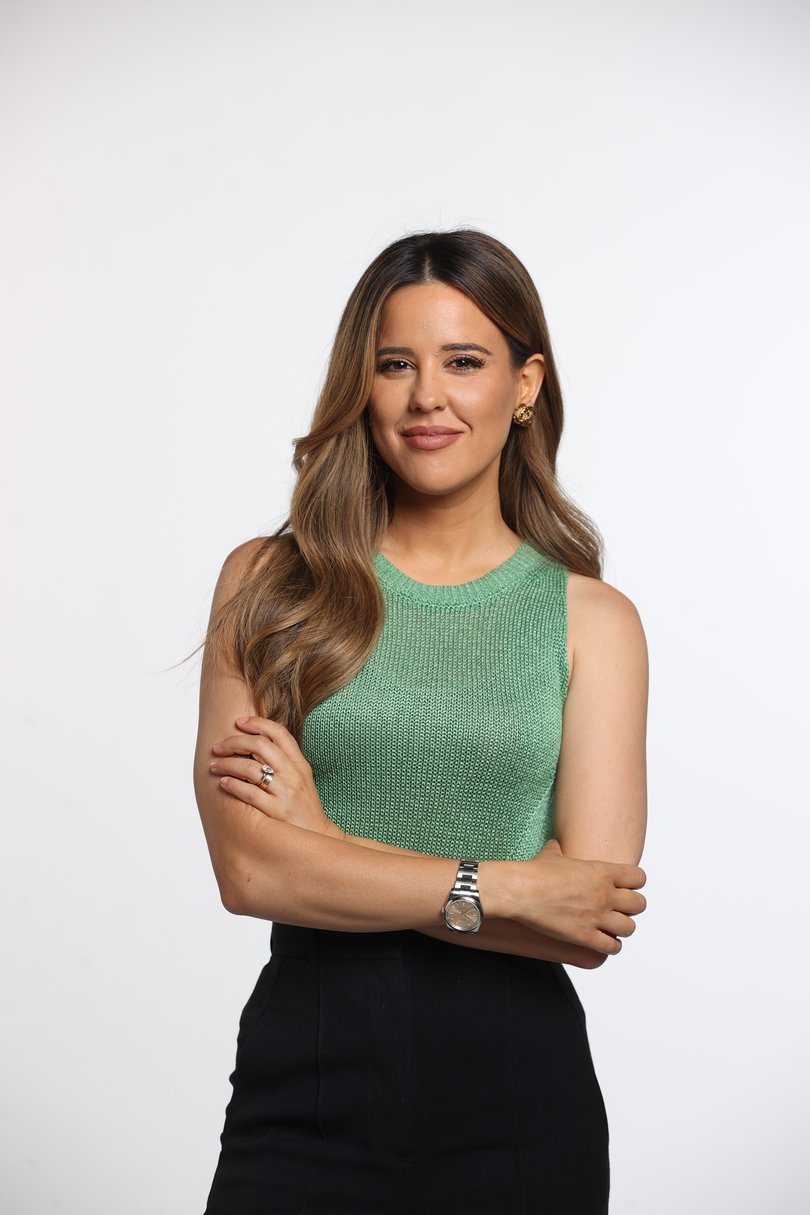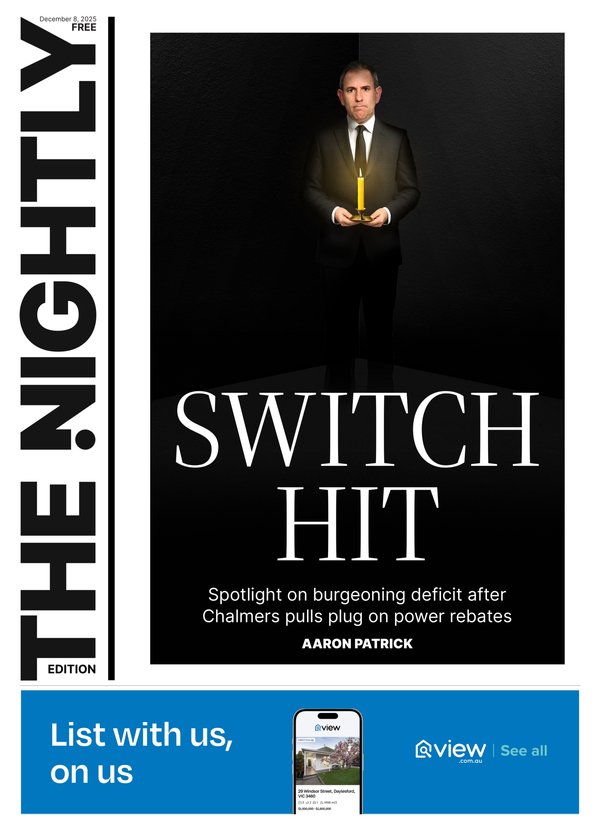JERRIE DEMASI: We are supposed to trust Kmart, but buying their toys is a dangerous game of chemical roulette

I have a particularly vivid memory from when my daughter was almost two years old.
That famously feral age, where you’d sell your soul for 15 uninterrupted minutes.
I was desperate to secretly nap with my eyes open, so I handed her a tub of kinetic sand.
Sign up to The Nightly's newsletters.
Get the first look at the digital newspaper, curated daily stories and breaking headlines delivered to your inbox.
By continuing you agree to our Terms and Privacy Policy.A miracle product, I thought.
She sat there, quietly, happily absorbed. Fantastic.
I looked away for two seconds (rookie mistake) and in that time she had shoved her chubby little kinetic sand-covered fingers straight into her mouth.
I did the standard triage — wiped out her mouth, hid the evidence, and parked her in front of the TV. (Screen-free mums, don’t come for me. Ms Rachel is my lord and saviour.)

That messy little memory stayed neatly stored in the “oh well, she’ll survive” section of my brain.
Until this weekend, when 7NEWS advised me that the coloured sand sitting in my cupboard had been recalled for asbestos contamination.
I bought the product from Kmart, a trusted Australian retailer that we rely on to get the basics right.
Kmart said in a statement, echoed by the ACCC, that the asbestos detected in the coloured sand was “non-respirable”, meaning the fibres are too large to be inhaled deeply into the lungs, and therefore the risk of inhalation is low.
Only a low risk of asbestos poisoning? Oh, fabulous.
Sorry, but I’d like that risk to be zero, please.
If I wanted my kid’s toys to come with a side of chemical roulette, I’d buy them from Temu.
That’s the deal — rock-bottom prices from ethically questionable factories and an understanding that you’re gambling on quality.
But that’s not the deal with Kmart. When I’m paying the “trusted Australian retailer” mark-up, I expect, at minimum, that a toy I’m giving to my child does not contain asbestos.
We love to sneer at bargain priced imports, yet the uncomfortable truth is that big retailers often source from the exact same factories.
They just slap their branding on it and charge an extra five bucks.
If I’m paying for safety, I’d like the safety part included.
It made me look around my house at all the Anko-branded bargains I’ve giddily carted home from Kmart over the years.

The black fluted kettle I own, for example, is a dead-ringer dupe of a high-end designer brand.
Suddenly I found myself wondering, am I brewing tea, or marinating my family in toxic plastic micro-particles?
At what point does a cheap purchase stop being a bargain and start being a science experiment I didn’t sign up for?
The ACCC requires all products sold in Australia to be “safe” but stops short of mandating pre-market testing.
A reactive system based on crossed fingers.
So unless you’re buying the kind of artisanal toy that was hand-carved from reclaimed driftwood during a lunar eclipse by a man who hasn’t worn shoes since 2009, you’re rolling the dice.
I would love to be able to boycott Kmart but the reality is, being a parent is brutally expensive.
Day care fees, shoes they outgrow in three weeks and snacks that disappear like I’m fuelling a junior rugby team.
So yes, sometimes I skip the $129 wooden Montessori masterpiece in favour of the $7 Kmart dupe because I enjoy being able to pay off my credit card each month.
It comes as no surprise then, that independent toy stores like The Playroom in Osborne Park are essentially an endangered species.
“Our heirloom toys aren’t cheap,” said owner Lizzie Hicks.
“But you’re investing in a brand’s reputation for a toy that will last generations, rather than something you’ll throw in the bin after a couple of months.”
She makes a great a point.
I look around at the sheer volume of toys in my house and, honestly, it makes me a bit sick.
Mountains of plastic, rarely touched gadgets, and memories of her playing with the packaging more than the actual toy.
Drop-offs at Good Sammy have become far too regular, and even then I worry that half of it ends up in the rubbish because no one wants a half-chewed sings-when-you-don’t-want-it-to unicorn.
My daughter has more toys than she could ever possibly need and that’s a problem in more ways than one.
It’s wasteful, it’s overwhelming, and as I’m now learning, it might even be unsafe.
Maybe the answer isn’t just more regulation but reconsidering where we spend our money.
Supporting the businesses who know exactly who made their products, how, and from what.
And simply having less “stuff”.
Because if we’re paying with our children’s health and safety, suddenly the bargain doesn’t feel like such a bargain anymore.
Jerrie Demasi is a reporter for 7NEWS Perth
